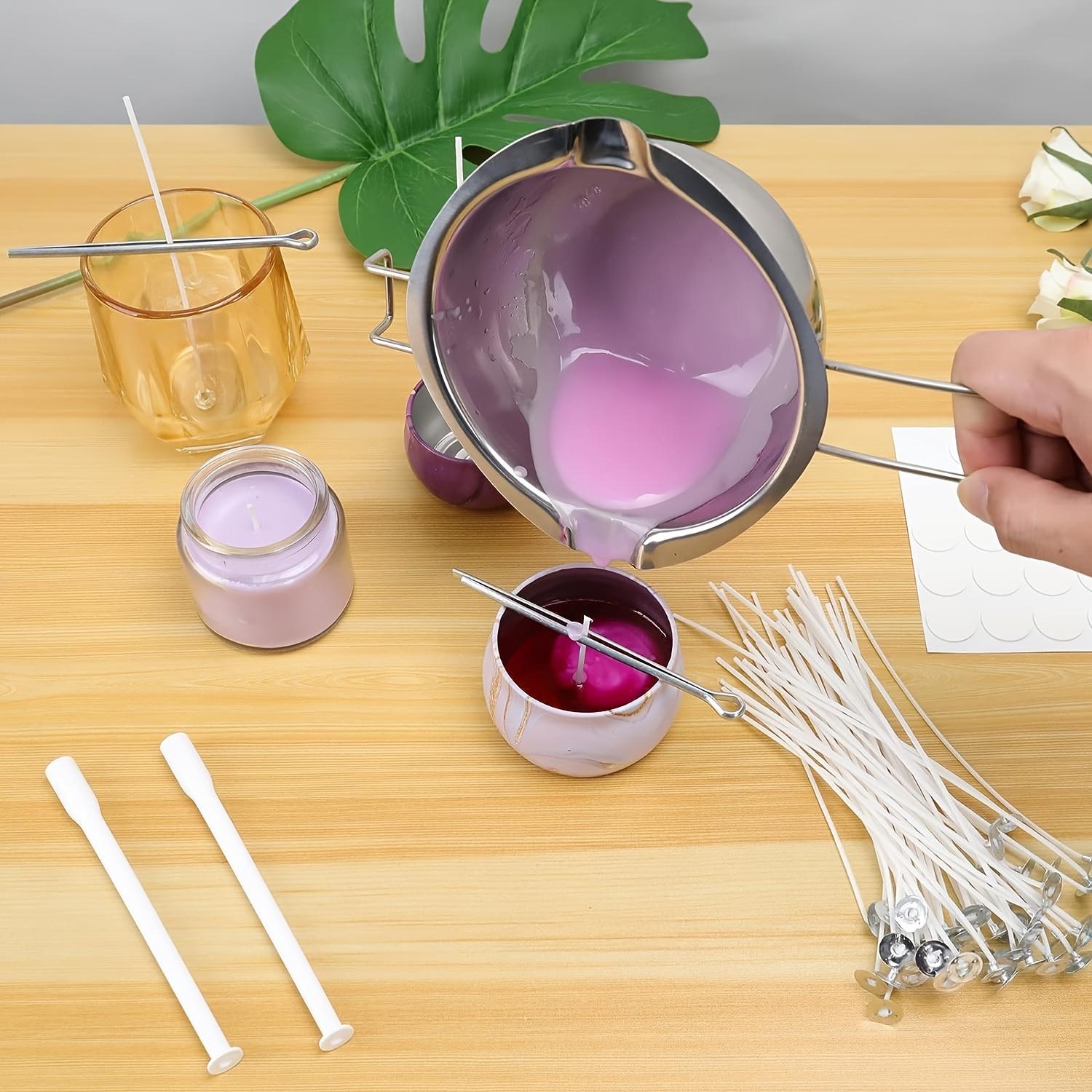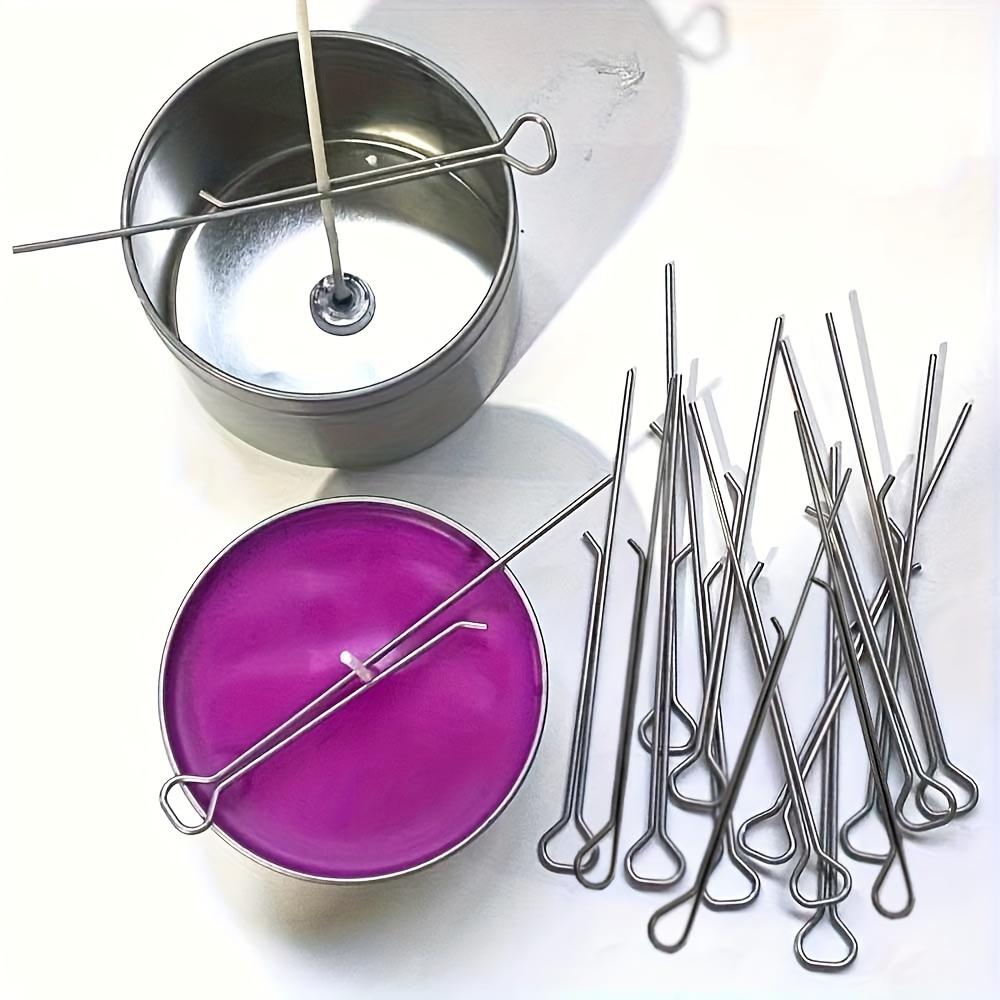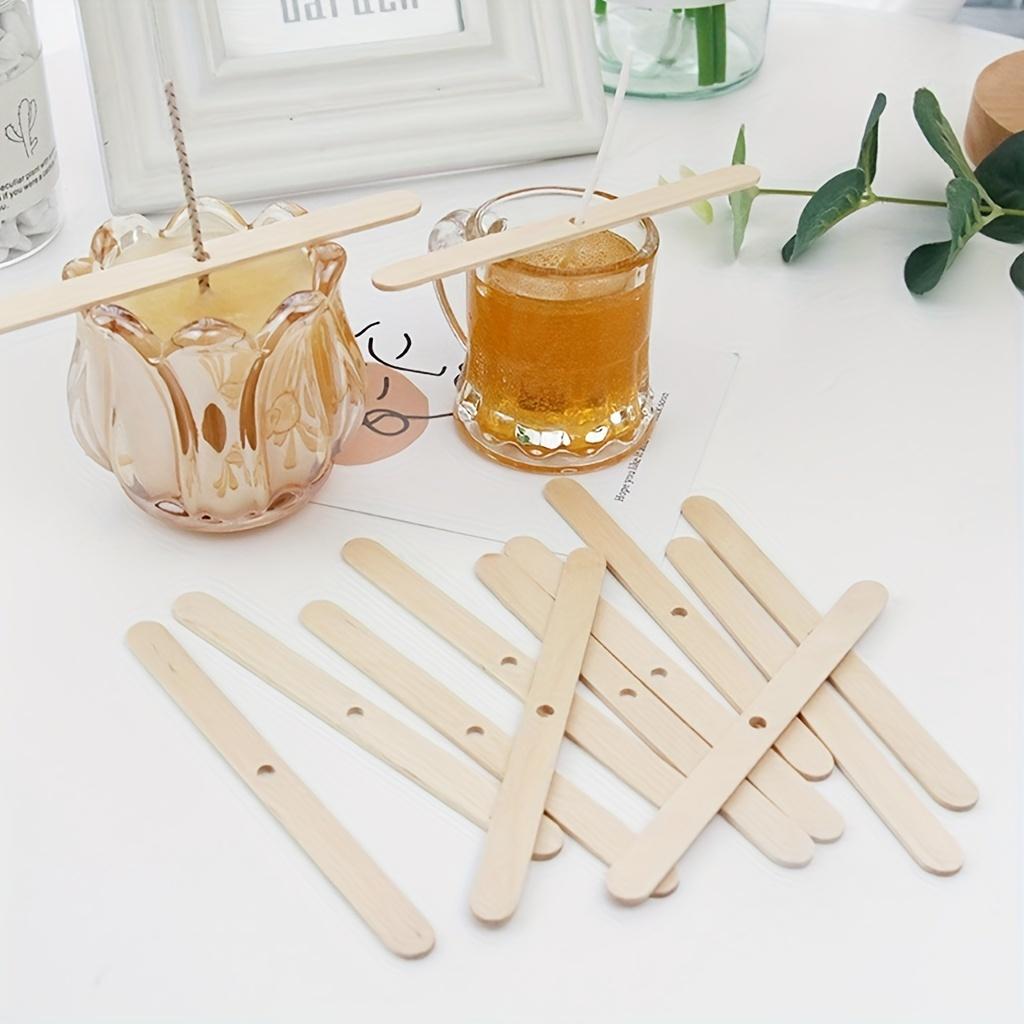Understanding the Importance of a Wick in Candle Making

Candle making is a craft that marries artistry with science, and each component plays a crucial role in the final product. While we often appreciate the beauty of the wax and the fragrance of the candle, there's one unsung hero that quietly does its job: the wick. In this blog post, let's delve into the purpose of a wick in candle making and why selecting the right one is essential for a successful candle.
What is a Wick and Why is it Important?
A wick may seem like a simple piece of cotton, but its role in candle making is significant. The wick acts as a conduit, drawing the melted wax up to the flame where it is vaporized and burned. Without a properly functioning wick, a candle may not burn correctly, leading to issues such as tunnelling, uneven burning, or excessive smoking.
Types of Wicks
There are various types of wicks available, each designed for specific types of candles and waxes. When selecting a wick for your candle, consider factors such as the type of wax used, the size of the candle, and the desired burn time.
Cotton Wicks: These wicks are commonly used in candle making and are suitable for a wide range of candle types. They come in different sizes to accommodate various candle diameters.
Wooden Wicks: Wooden wicks offer a unique crackling sound when burned and are popular in soy wax candles. They are typically wider and require specific guidelines for optimal burning.
Wick Coatings: Some wicks are pre-tabbed or coated with substances like zinc or paper to enhance their burning properties. Be mindful of the materials used in these coatings to maintain a sustainable approach to candle making.
Choosing the Right Wick
Selecting the right wick for your candle is a crucial step in ensuring a clean and efficient burn. Factors to consider when choosing a wick include:
Candle Size: The diameter of your candle will determine the size of the wick needed. A wick that is too small may drown in the wax, while a wick that is too large can cause sooting and uneven burning.
Wax Type: Different waxes have unique melting points and burn characteristics. Be sure to choose a wick that complements the specific properties of your wax for optimal performance.
Fragrance and Additives: If you are using fragrance oils or additives in your candle, consider how these elements may affect the burning behavior of the wick. Certain additives can impact the wick's performance and may necessitate a different wick type.
Maintaining the Wick
Proper wick maintenance is essential for ensuring a clean and consistent burn. Trim the wick to around ¼ inch before each use to prevent mushrooming and excess smoke. Additionally, keep an eye on the wick during burning to ensure it remains centered and upright.
In conclusion, the humble wick plays a critical role in the art of candle making, influencing the candle's appearance, burning characteristics, and overall performance. By understanding the importance of a well-chosen wick and following appropriate guidelines for selection and maintenance, you can elevate your candle making craft and create beautiful, sustainable candles for your home and loved ones. Happy crafting!
Top Picks For Candle Making Wicks

Best Value
Candle Making Kit With 16 Colors (5g Each), 100 Wicks (3.94 Inch) & Wax Dye
Buy NowRead Review
